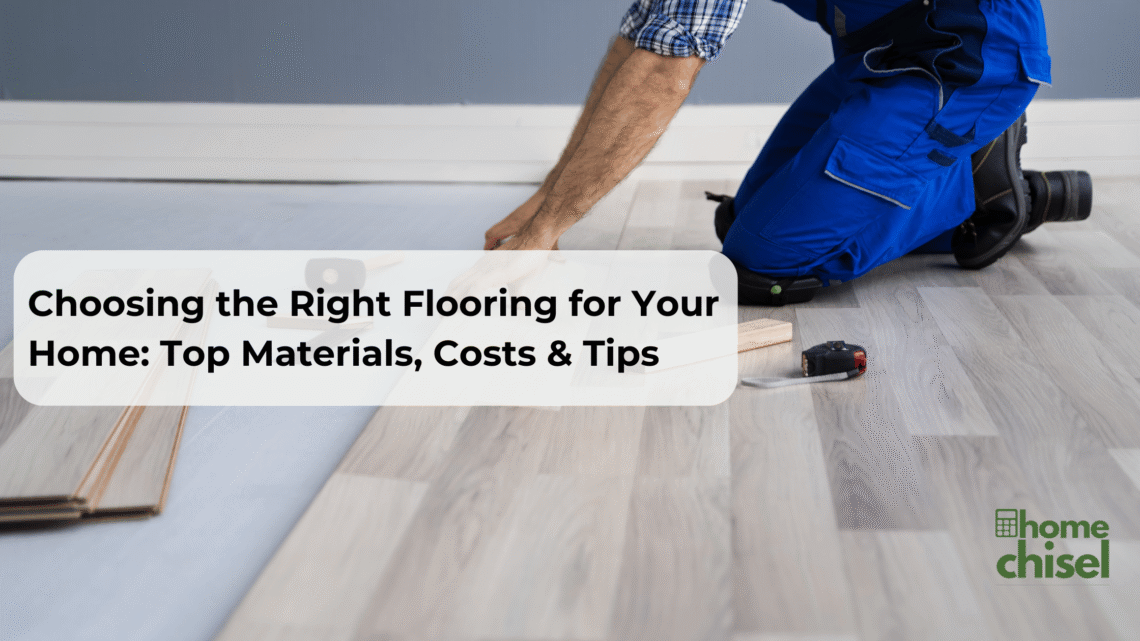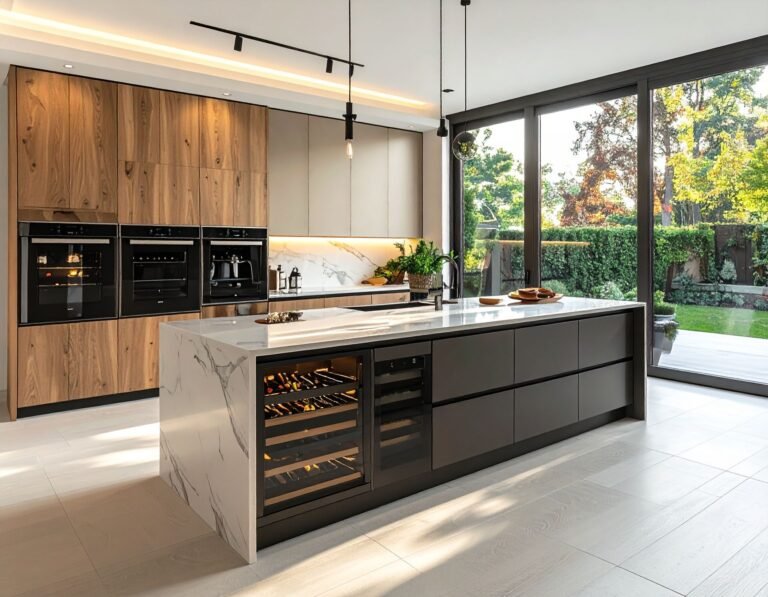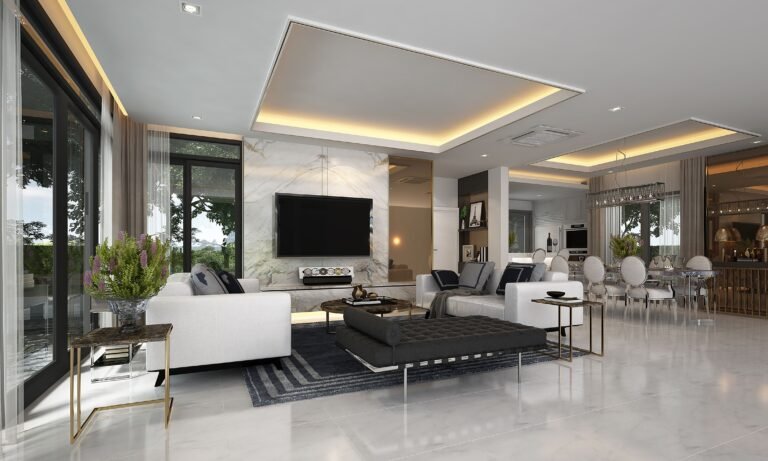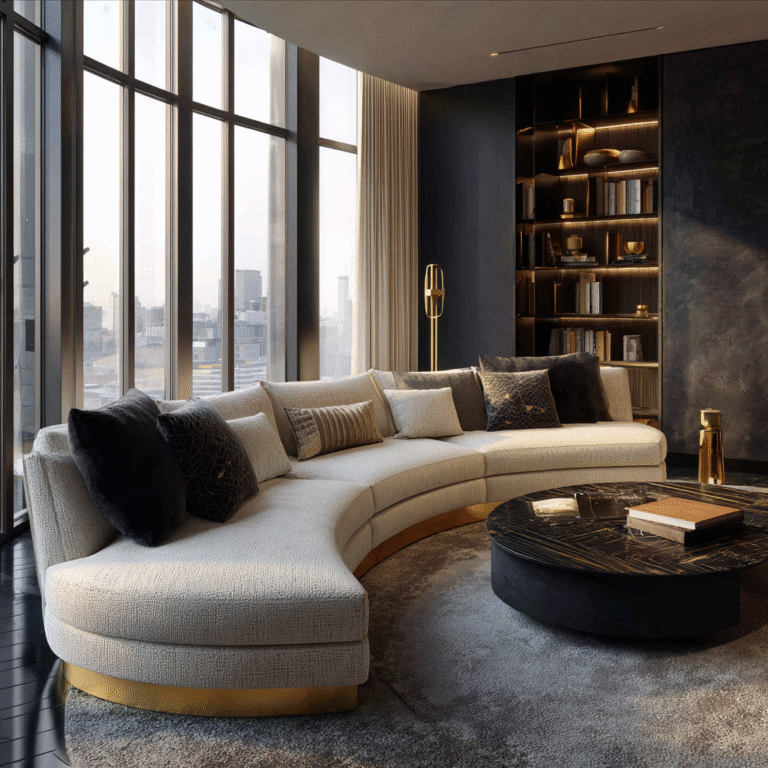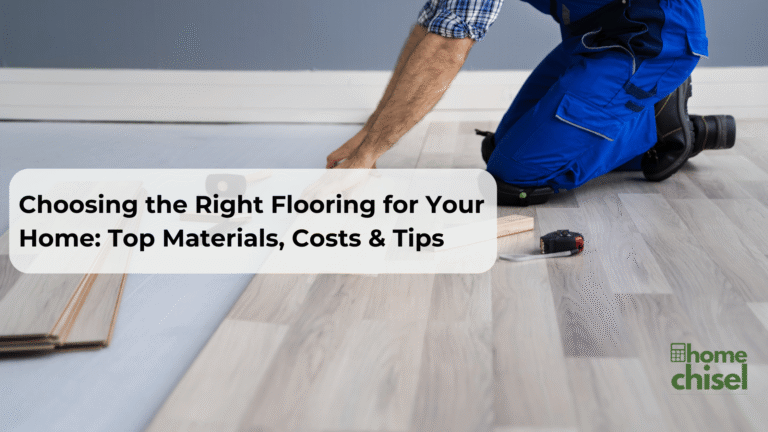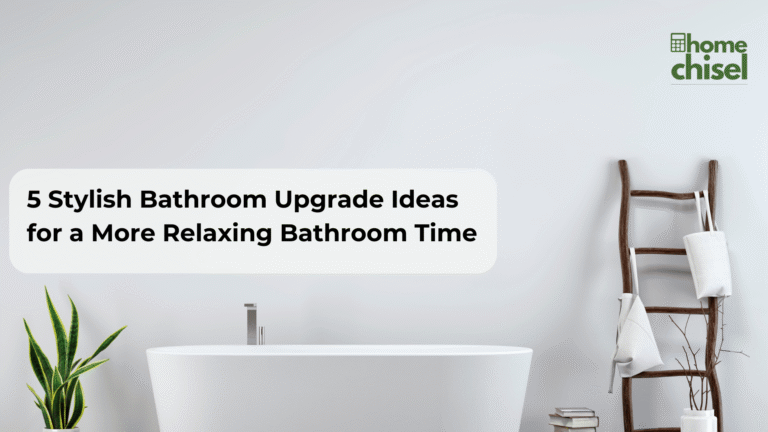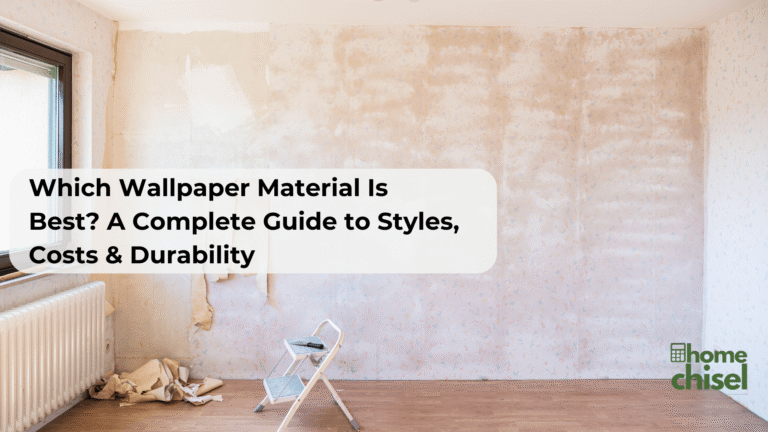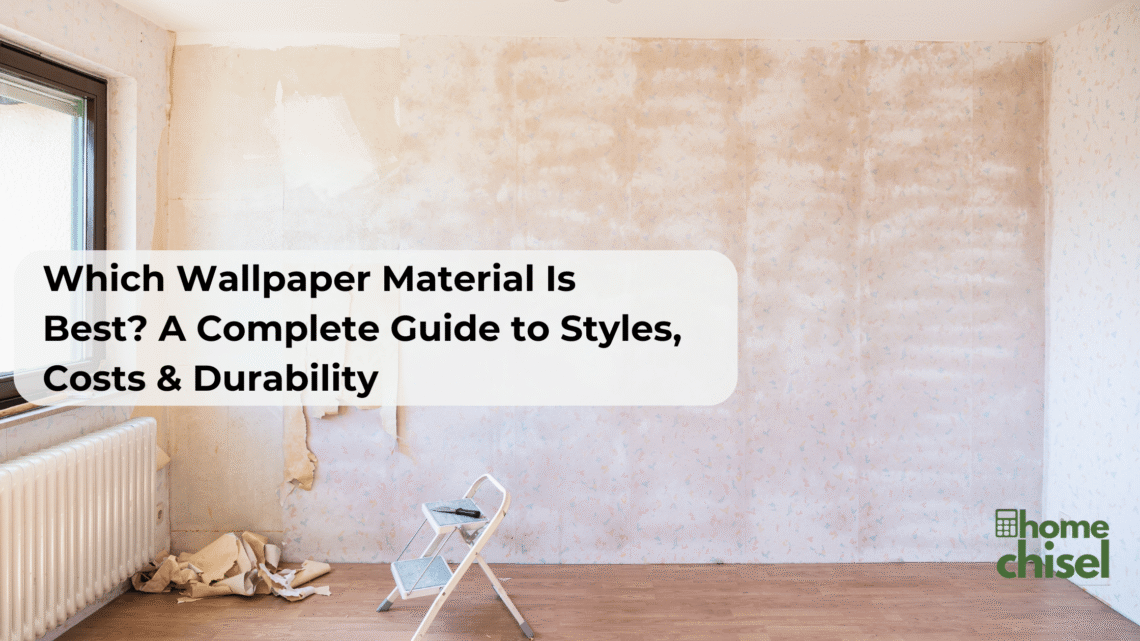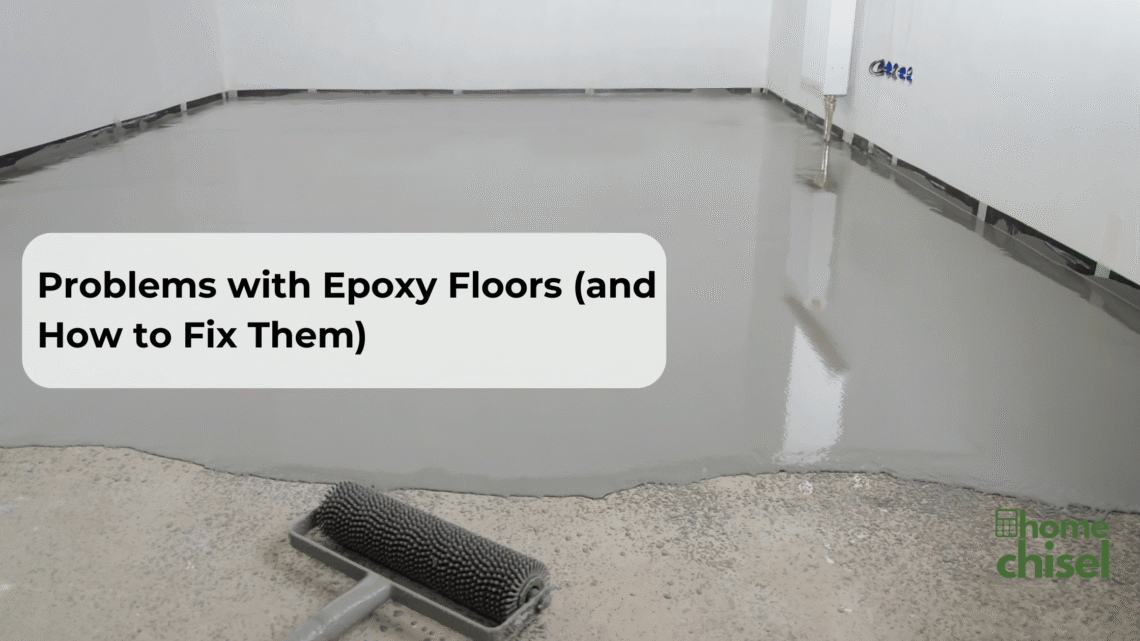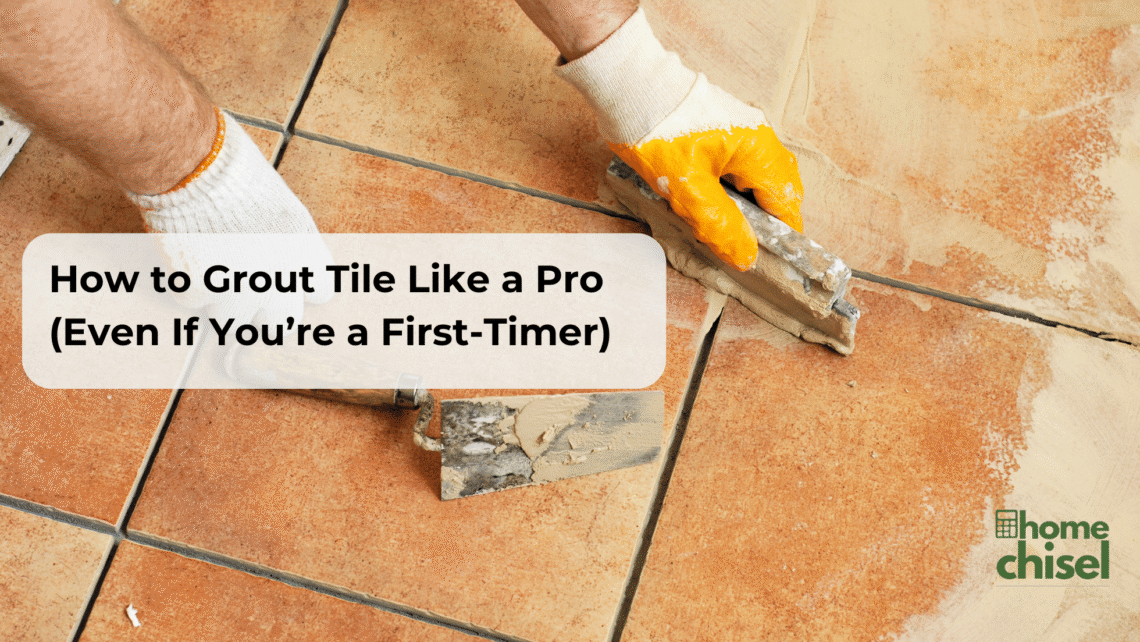The best flooring options for homes include hardwood for timeless appeal, vinyl for affordability, laminate for easy maintenance, and tiles for durability. The right choice depends on your lifestyle, budget, and how each room is used.
Your floor isn’t just something you walk on—it’s the foundation of your home’s design. From adding warmth and style to improving comfort and value, choosing the right flooring can make or break your interior. Whether you’re upgrading your kitchen, renovating your living room, or designing a new home from scratch, understanding your flooring options will help you make smart, lasting decisions.
Let’s explore the best flooring types, their pros and cons, and practical tips to help you find the perfect fit for your space.
Solid Hardwood Flooring
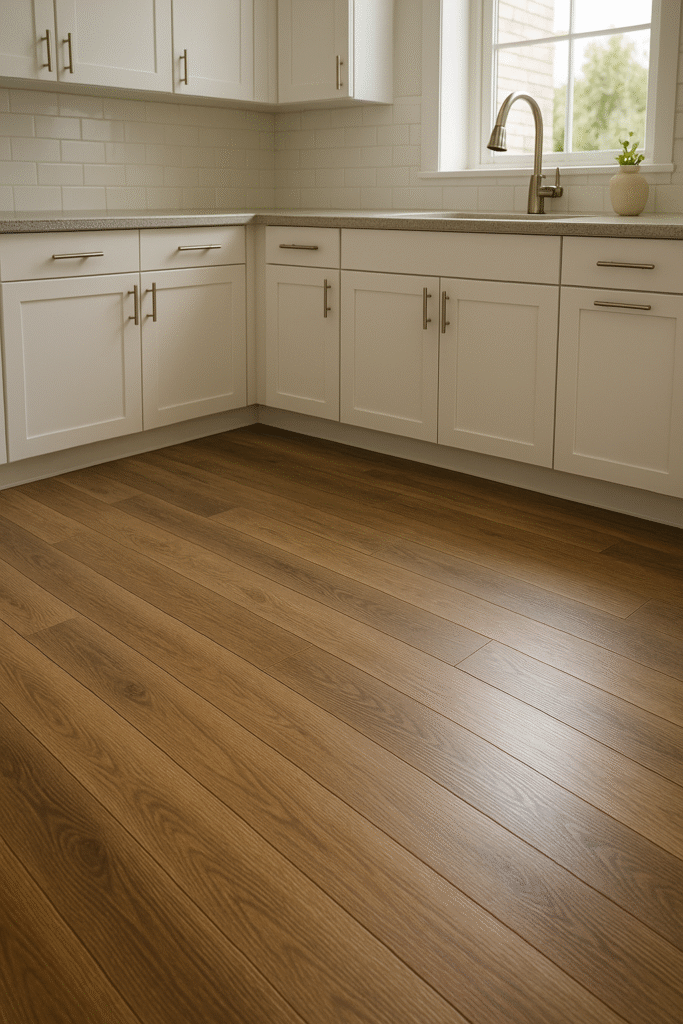
Few flooring types can rival the timeless beauty of solid hardwood. It’s elegant, natural, and instantly adds value to your home.
Hardwood floors are made from solid planks of wood such as oak, walnut, maple, or cherry. Each type offers its own distinct grain and tone, giving you the flexibility to match your aesthetic—whether you love rustic farmhouse charm or modern minimalism.
Pros and Cons of Solid Hardwood Flooring
| Pros | Cons |
|---|---|
| Timeless and luxurious appearance | More expensive than other options |
| Can be refinished multiple times | Sensitive to moisture and humidity |
| Increases home resale value | Requires regular maintenance |
Average cost: $5–$15 per sq. ft. (materials only)
Best for: Living rooms, dining areas, bedrooms
👉 Pro Tip: If you want to plan your materials precisely, use the Flooring Calculator on Homechisel to estimate how much hardwood you’ll need before heading to the store.
Waterproof Vinyl Flooring
Vinyl flooring has come a long way in recent years. Modern luxury vinyl planks (LVP) and tiles (LVT) can beautifully replicate the look of wood, marble, or stone — but at a fraction of the cost.
Vinyl is 100% waterproof, making it a perfect fit for high-moisture areas like kitchens, bathrooms, or basements. It’s also soft underfoot and comfortable to walk on, which makes it popular among families with kids or pets.
Why homeowners love vinyl flooring:
- Comes in endless colors and textures
- Scratch and water-resistant
- Simple installation (even for DIYers)
- Easy to replace individual planks if damaged
Average cost: $2–$6 per sq. ft.
Best for: Kitchens, bathrooms, basements, laundry rooms
For a deeper comparison between vinyl and laminate, check HGTV’s flooring guide — it’s a great resource to see which option fits your home’s needs best.
Laminate Flooring
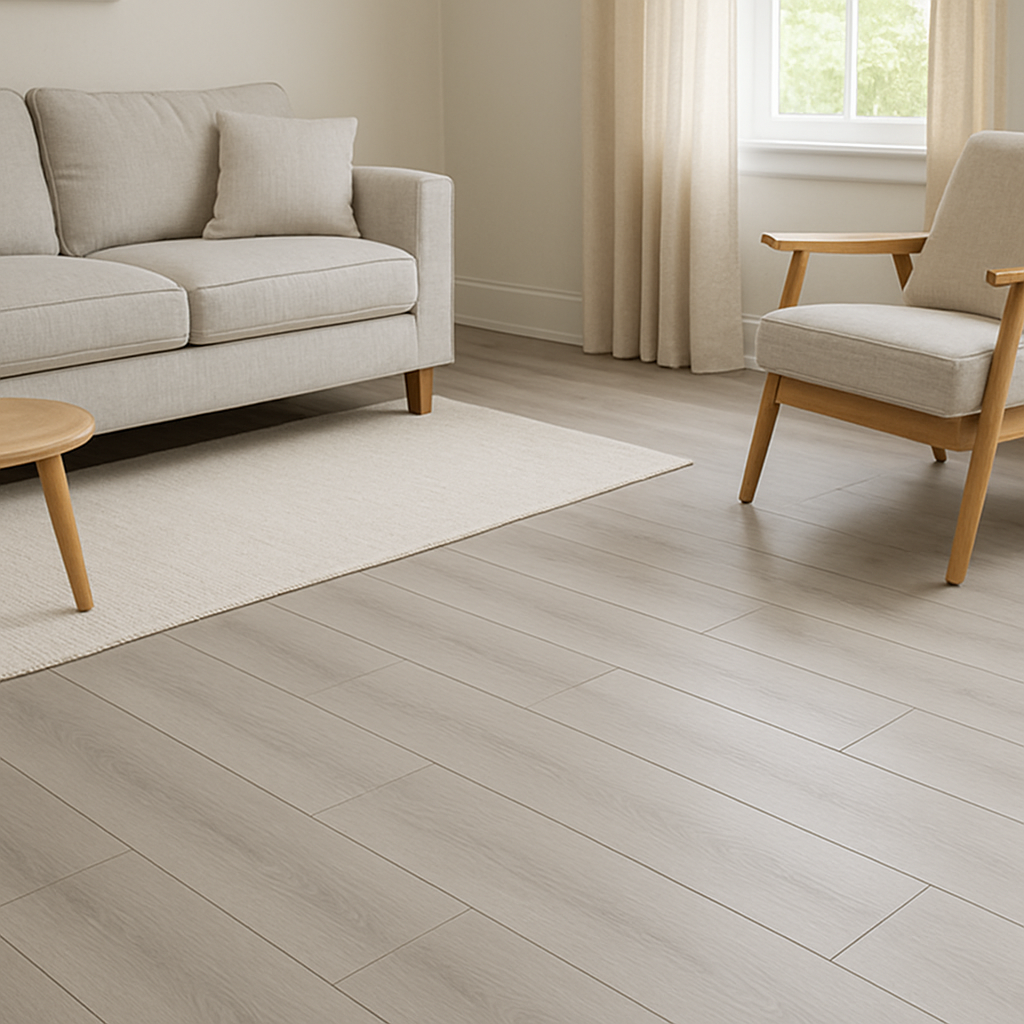
If you want a durable floor that looks great without a hefty price tag, laminate flooring might be your match. It’s one of the easiest floors to install and maintain. Laminate mimics natural wood or stone patterns through high-definition printing technology, making it nearly indistinguishable from real hardwood at a glance.
Advantages:
- Highly affordable and easy to install
- Resistant to scratches and fading
- Great for high-traffic areas
- Quick cleaning and low maintenance
Limitations:
- Cannot be refinished
- Not ideal for wet areas unless water-resistant
Average cost: $1.50–$4 per sq. ft.
Best for: Bedrooms, hallways, living rooms
👉 Use Homechisel’s Flooring Calculator to estimate how much laminate you’ll need for your project—it’ll help you plan your materials and avoid overspending.
Ceramic and Porcelain Tiles
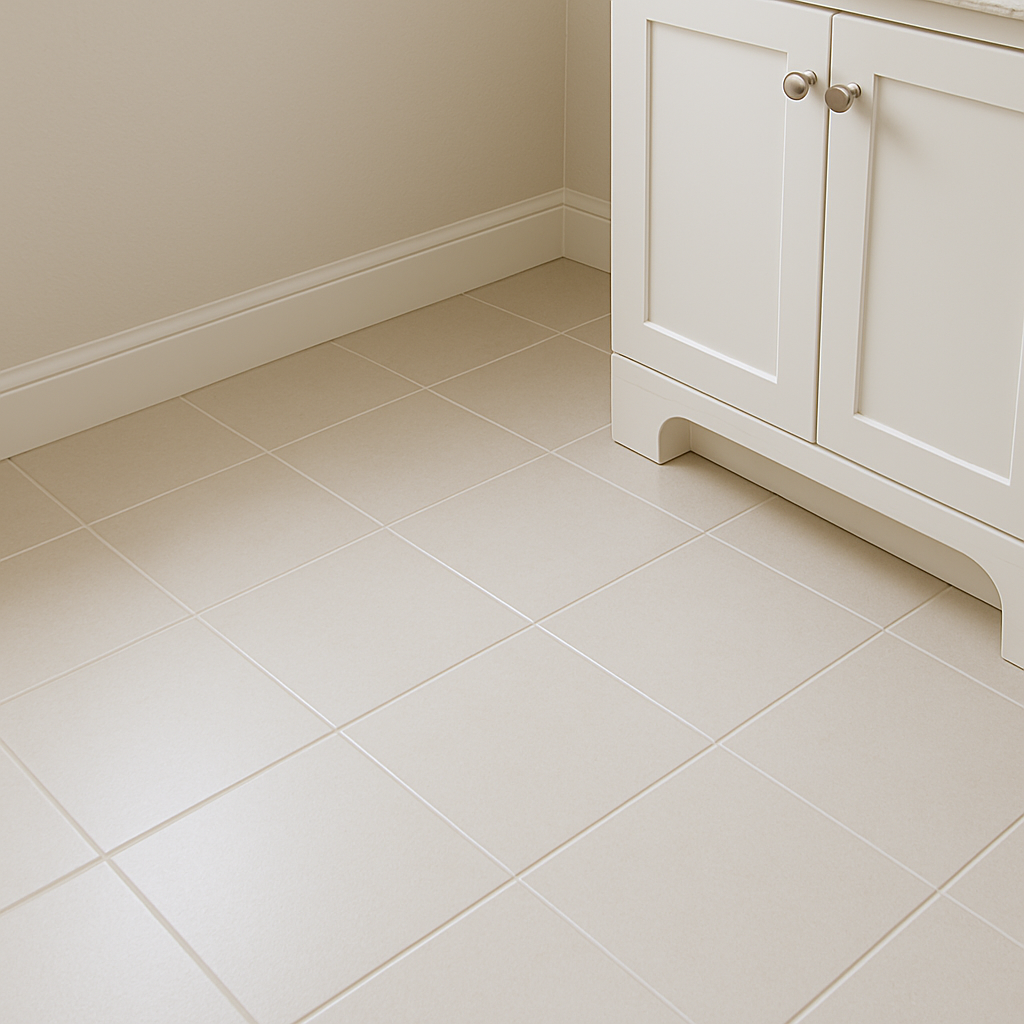
When it comes to durability and water resistance, ceramic and porcelain tiles are unmatched. They’re perfect for bathrooms, kitchens, and entryways — any area where spills and humidity are common.
Ceramic Tiles: Made from natural clay and finished with a glaze, offering a wide variety of patterns and colors.
Porcelain Tiles: Fired at higher temperatures, making them denser, stronger, and more water-resistant.
Pros and Cons of Tile Flooring
| Pros | Cons |
|---|---|
| Extremely durable and water-resistant | Cold and hard underfoot |
| Easy to clean and maintain | Can be costly to install |
| Available in many designs and finishes | Grout lines may require regular cleaning |
Average cost: $3–$10 per sq. ft.
Best for: Bathrooms, kitchens, and entryways
Bonus: Eco-Friendly Flooring Options
If sustainability matters to you, eco-friendly flooring materials like bamboo and cork are excellent choices.
Bamboo Flooring: Durable, renewable, and visually similar to hardwood, but harvested faster than traditional timber.
Cork Flooring: Soft, warm, and sound-absorbing, making it ideal for quiet, cozy spaces. It’s also naturally antimicrobial.
Average cost:
- Bamboo: $3–$8 per sq. ft.
- Cork: $2–$6 per sq. ft.
These options not only help the environment but also bring unique warmth and texture to your interiors.
Tips for Choosing the Best Flooring for Your Home
Choosing flooring isn’t only about looks—it’s also about function, comfort, and long-term value. Here’s how to make a smart decision:
1. Measure First Before buying materials, use the Flooring Calculator to get an accurate estimate of how much you’ll need. It helps prevent waste and keeps your budget under control.
2. Test Before You Decide Always bring samples home. Lighting changes everything — what looks beige in the store might look gray under your lights.
3. Match Function with Flooring Type
- High-traffic areas: Choose durable options like vinyl or tile.
- Bathrooms: Go for water-resistant flooring.
- Bedrooms: Opt for warmer materials like hardwood or carpet.
4. Think About Pets and Kids If you have an active household, prioritize scratch-resistant and easy-to-clean floors such as laminate or luxury vinyl planks.
5. Set a Realistic Budget Laminate and engineered wood deliver premium looks for less. Always include installation costs when budgeting.
6. Focus on Long-Term Value Spending more on durable, high-quality materials can save you from replacements down the line.
7. Go Green When Possible For eco-conscious homeowners, bamboo or cork flooring offers sustainability without sacrificing style.
FAQs About Home Flooring
Q1: What is the most durable type of flooring?
Porcelain tiles and high-quality vinyl are among the most durable, especially for high-traffic or moisture-prone areas.
Q2: Which flooring is easiest to maintain?
Laminate and vinyl require minimal upkeep — a quick sweep or mop is often enough to keep them spotless.
Q3: What flooring adds the most value to a home?
Hardwood consistently adds the most resale value due to its timeless appeal and ability to be refinished.
Q4: Is eco-friendly flooring expensive?
Not necessarily. Bamboo and cork are both affordable, durable, and sustainable options that fit a wide range of budgets.
Upgrading your home’s flooring is one of the most rewarding improvements you can make. From the luxury of hardwood to the practicality of vinyl or tile, each option offers unique advantages for every lifestyle and budget.
Before you start, plan wisely using Homechisel’s free tools — like the Flooring Calculator, Tile Calculator, and Layout Planner — to estimate materials and visualize your results.
With the right flooring choice, your home will not only look beautiful but feel truly complete — built to last, one step at a time.
